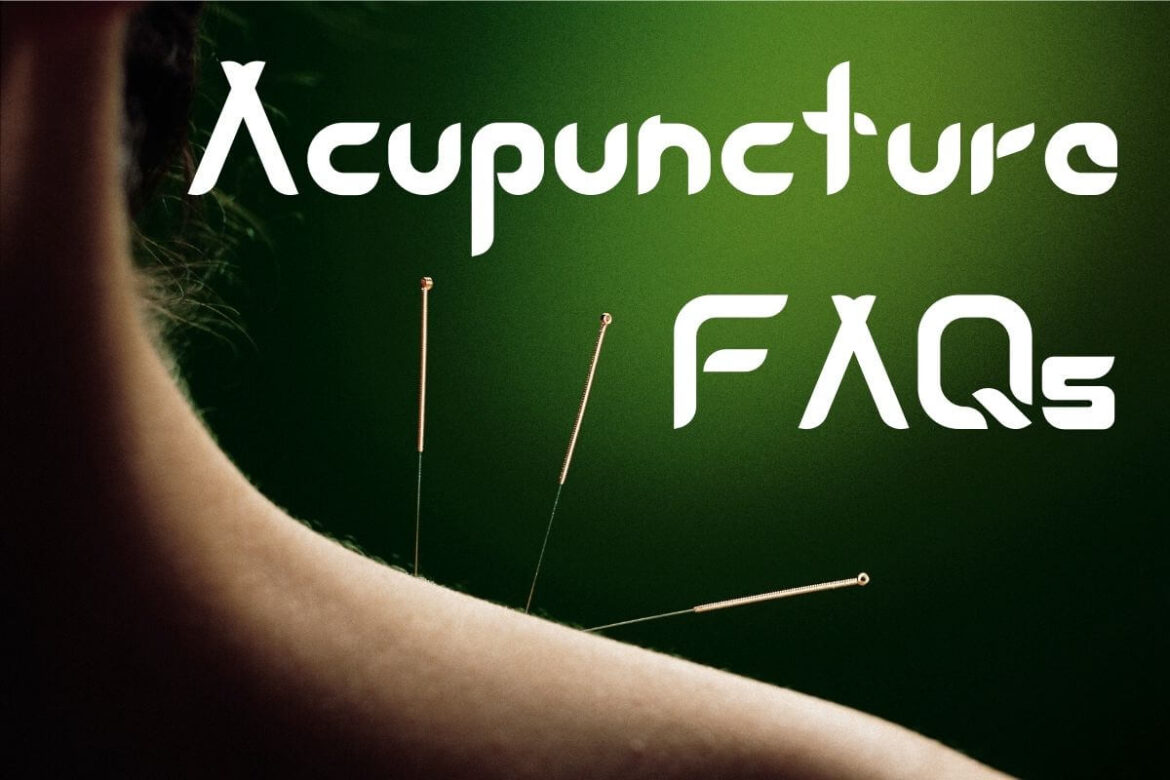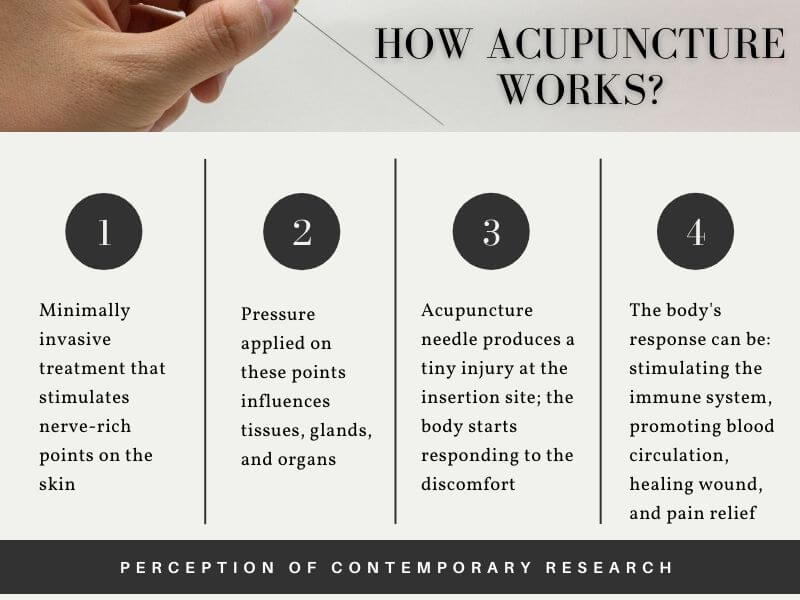1. What is Acupuncture?
Acupuncture is an ancient holistic medical practice with origins from China. Aimed at correcting the imbalances in the body, Acupuncture accesses the pressure points using needles and offers several benefits, and some of them include relief in Arthritis pain, Low back pain, Labour pain, Headache, Migraine, Menstrual cramps, and inducing Weight loss.
2. Who is the therapy for?
Anyone suffering from specific conditions to those who seek to improve their general well-being, acupuncture promises benefits, irrespective of their age, sex, or any other factor. To be more specific, the therapy targets to relieve discomfort associated with various diseases and conditions.
According to WHO, the therapy can be useful in treating more than 120 common diseases and conditions.
Some of them are mentioned in the below image:
3. Can Acupuncture help in weight loss?
The answer is a partial Yes!
Among other benefits, Acupuncture can induce weight loss, particularly in pre-diabetic patients by reducing their insulin and leptin resistance. Also, this Chinese therapy believes that obesity occurs due to improper functioning of liver, spleen, kidney, thyroid, and endocrine gland. Acupuncture can make these organs function well, thus inducing weight loss and reducing Obesity.
You Might Also Like:
- Idiot’s Guides To Ayurveda – Book Review
- Instant Tai Chi : Exercises and Guidance for Everyday Wellness by Ronnie Robinson – Book Overview
4. How does Acupuncture work?
As per the traditional Chinese medicine practice, diseases are a result of the disruption of the flow of energy in the body; the energy is termed as Qi (pronounced as “chee”). Further, this disruption can be remedied by accessing the points connected to the energy pathways known as the acupuncture points.
5. What to expect when visiting an Acupuncture clinic?
A visit to an acupuncturist will involve a preliminary exam. Then, based on the assessment of the patient’s condition, the therapist formulates the treatment plan.
6. What is the procedure?
The therapist makes the patient lie down and then inserts acupuncture needles at designated points. Then, on reaching the right depth, the needles remain there for 20 minutes. Additionally, the needles may be stimulated using electricity or heat as applicable.
You Might Also Like:
- Nasya – Ayurveda Therapy That Treats Several Conditions
- Ayurveda Way Of Living – Your FAQs Answered
- Panchakarma – All You Need To Know
7. Is Acupuncture painful?
Typically, Acupuncture is not painful; you might feel a pinprick or no sensation at all while the needles are being inserted. But when the desired depth is reached, there might be an aching sensation which is known as “Deqi.”
8. Is Acupuncture safe?
Yes, Acupuncture is safe. A new set of Acupuncture needles will be used for every patient. Hence there need not be any concern regarding coming into contact with infected needles. Also, being a tried and tested procedure, the treatment is absolutely safe. However, just ensure the therapist is a licensed practitioner.
9. Who should not consider the therapy?
Individuals with bleeding disorders or have a pacemaker are not the right candidates for the treatment. Also, those who are pregnant should not opt for this therapy.
10. How long does it take to have the desired outcome?
The sessions typically last for an hour and would require weekly or fortnightly visits to the clinic as per the condition. Generally, one course of treatment may comprise up to 12 sessions. However, for chronic diseases, the therapist may recommend more frequent visits.
11. How long do the effects last?
If you follow the prescribed schedule and the advice on self-care, the results obtained through acupuncture treatment can be long-lasting indeed.
12. Are there side effects? If so, what are they?
Apart from minor side effects such as dizziness, soreness, and bruising in the places where needles are inserted there won’t be any complications. However, you must ensure that your therapist is a certified Acupuncture specialist; else, there can be serious side effects such as infections, punctured organs, and injury to the central nervous system.
Images from canva.com


